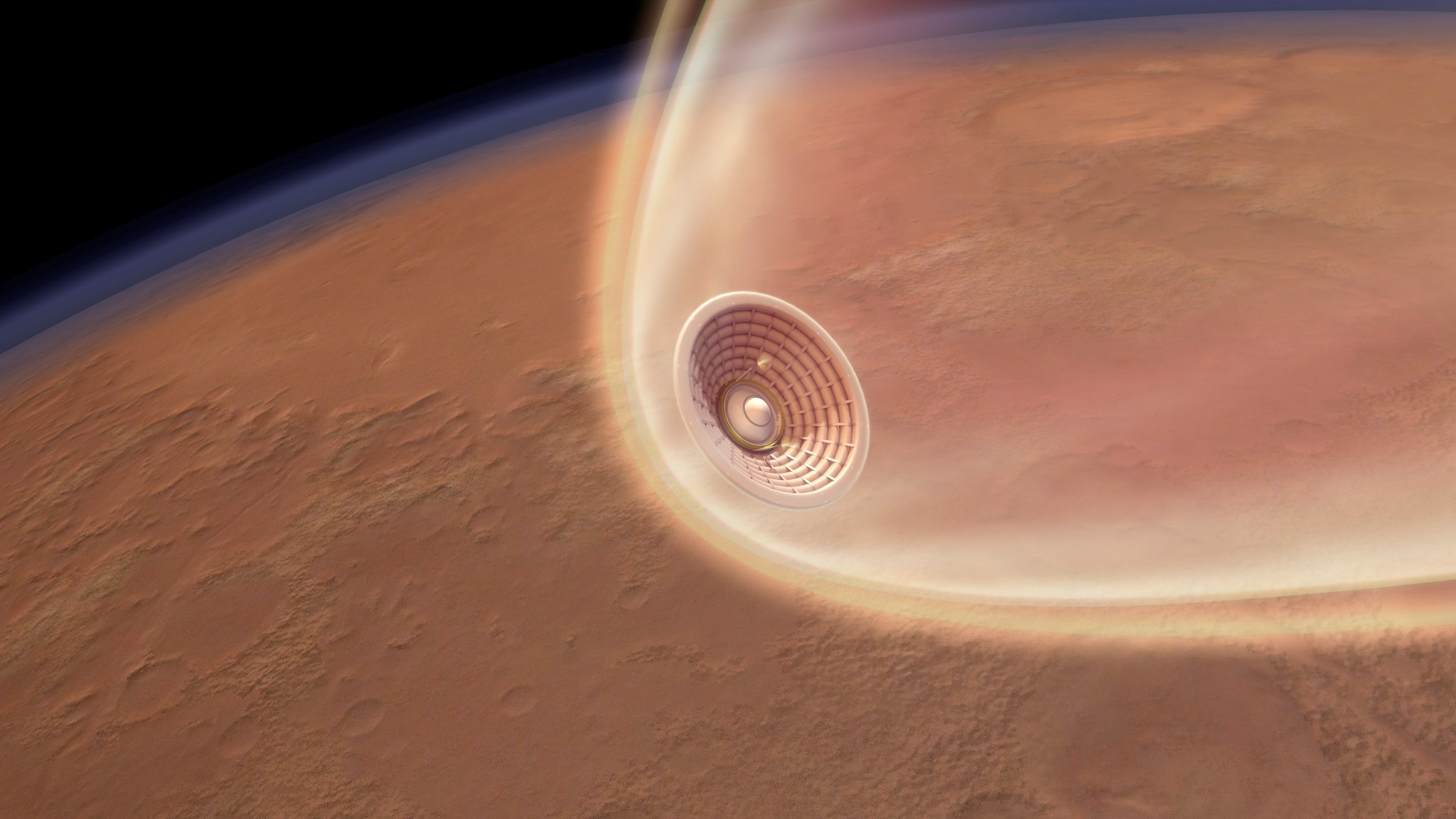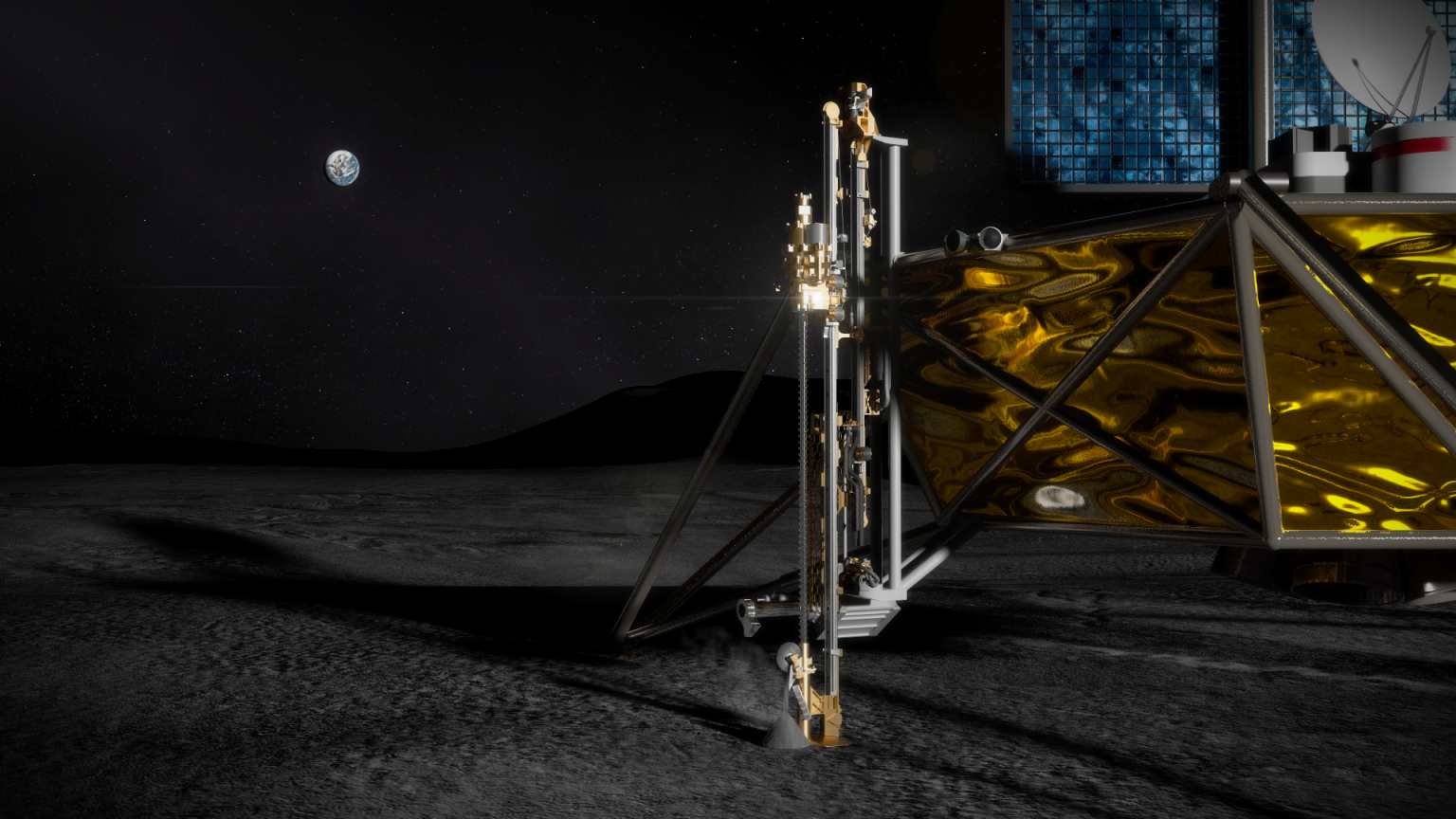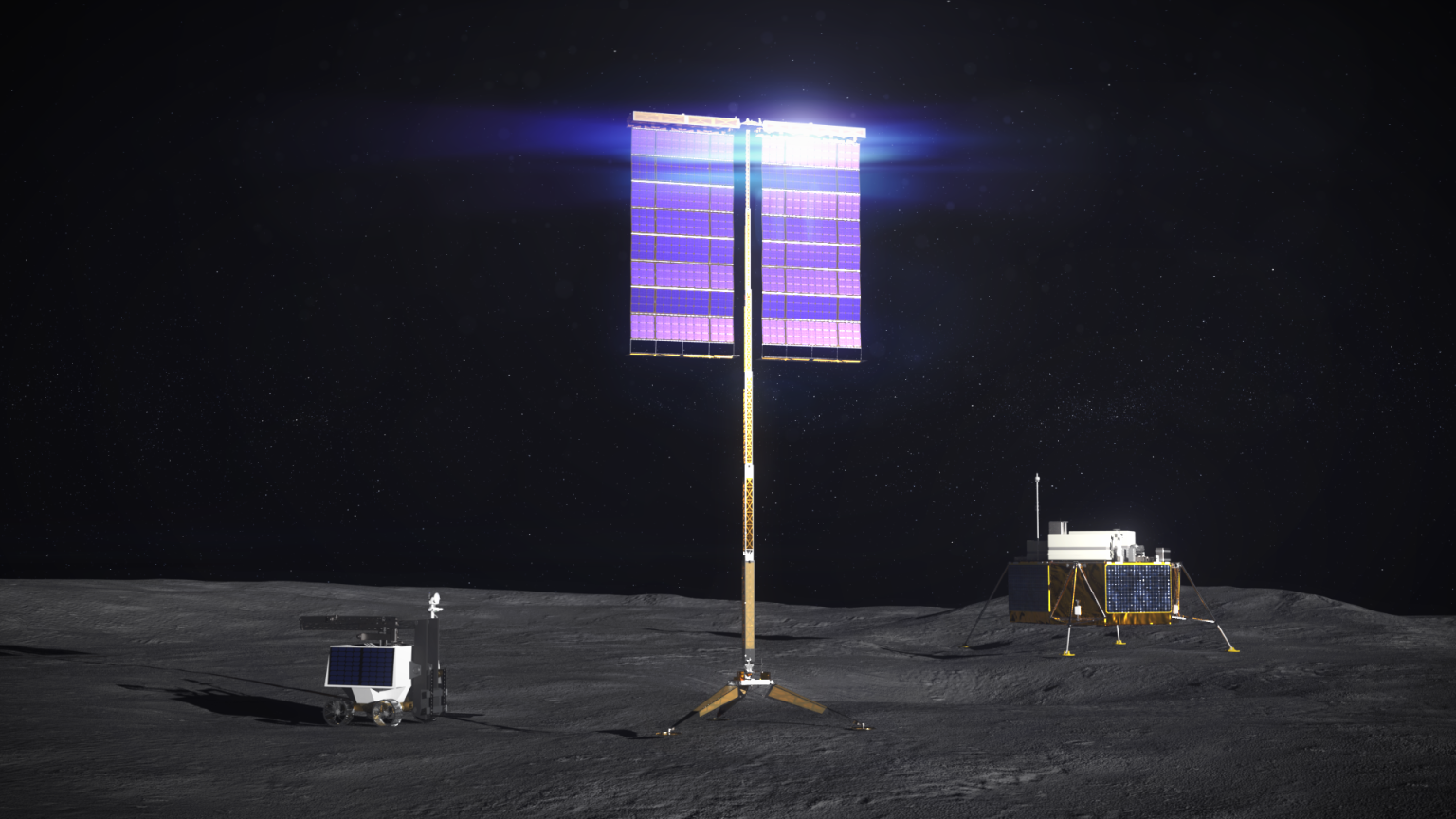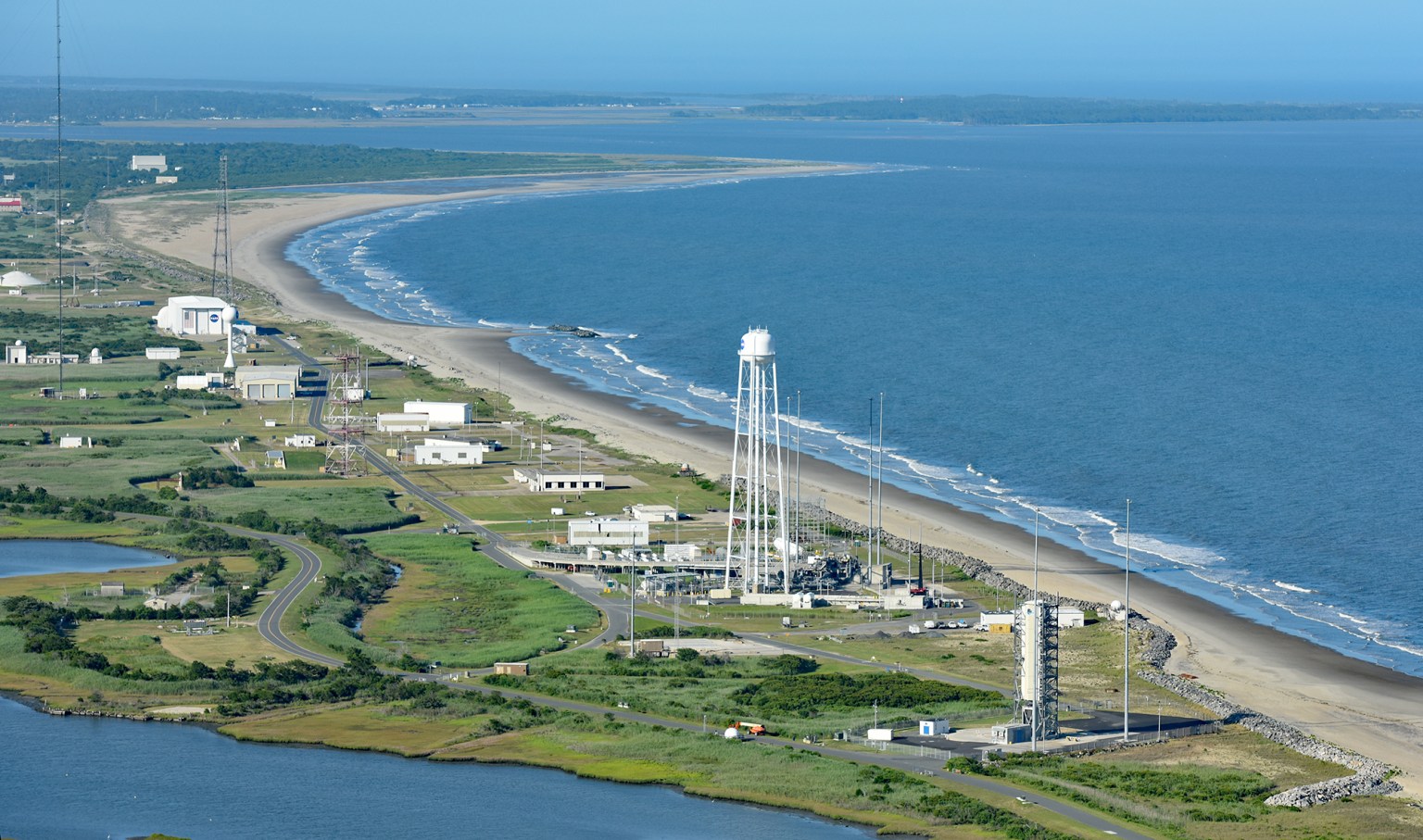Note: Please note that this is an “archived project” and is no longer updated. This article is meant for historical purposes only.
The Hypersonic Inflatable Aerodynamic Decelerator (HIAD) project will focus on the development and demonstration of hypersonic inflatable aeroshell technologies suitable for an ISS down-mass capability.
The Hypersonic Inflatable Aerodynamic Decelerator (HIAD) project will focus on the development and demonstration of hypersonic inflatable aeroshell technologies suitable for an ISS down-mass capability. The project will focus on the completion of an IRVE-3 development flight test and other necessary analysis and ground-based testing. The key technologies include flexible TPS materials for hypersonic entry conditions, attachment and inflation mechanism and high-strength, lightweight, inflatable bladder materials capable of withstanding high temperatures.
The HIAD Project is developing a truly crosscutting technology for atmospheric entry. This technology enhances, and potentially enables, a variety of proposed NASA missions to destinations with atmospheres (Mars, Venus, Titan, the gas giants). This holds true for returning payloads to Earth from Low Earth Orbit (LEO) and beyond, such as ISS down mass or sample return capsules. Not only is this technology applicable to robotic vehicles, the technology is envisioned to be scalable to crewed missions (to Mars or Earth return). The HIAD Project is orchestrating a series of ground and flight tests to demonstrate the viability of thermal resilient materials manufactured in robust configurations to withstand the extreme structural and thermal environments experienced during atmospheric entry. Benefits of using the inflatable decelerator design includes mission flexibility provided by the minimal volume and mass requirements to transfer the stowed HIAD to its destination, as well as increased landed mass, accuracy, and altitude in a variety of space applications.
In August 2009, this technology was successfully demonstrated with the flight of the Inflatable Reentry Vehicle Experiment II (IRVE-II), launched from Wallops Flight Facility (WFF). Launch of the next generation HIAD, Inflatable Reentry Vehicle Experiment 3 (IRVE-3), from NASA WFF should occur in the spring of 2012, as a follow-on mission to IRVE-II. IRVE-3 will demonstrate the performance of a Thermal Protection System in environments comparable to what would be used for future planetary missions (peak reentry heat rate above 15 W/cm2), and demonstrate the effectiveness of an offset center-of-gravity to generate lift from a HIAD. In parallel, a ground test campaign to develop inflatable structure concepts and advanced TPS is underway.


































